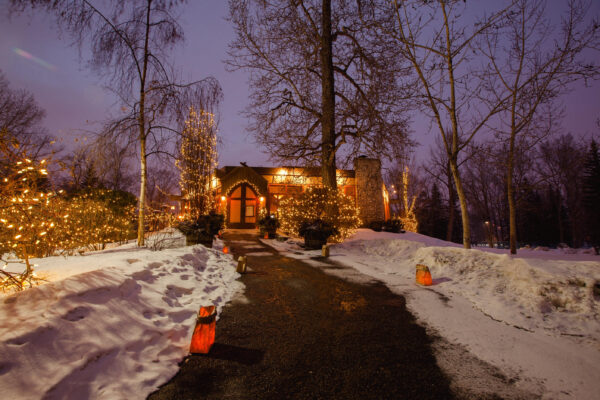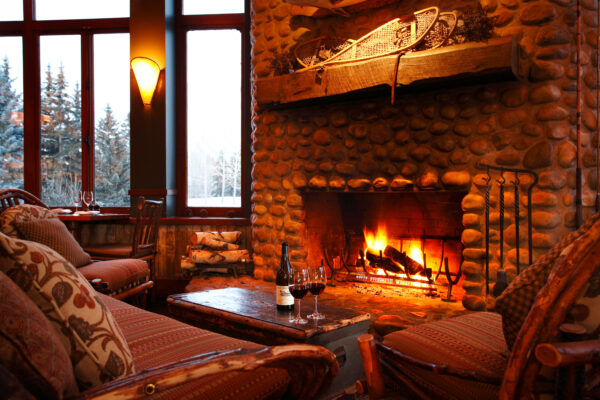What Are Cool Climate Wines?
We thought there’d be no better person to ask than Bruce Soley, wine director for River Café – a Calgary restaurant that ranks among the country’s best. Located on Prince’s Island, diners enjoy chef Ross Bowles’ innovative Canadian cuisine, all made with local ingredients, paired with wines that are often regional as well. Soley keeps an inventory of around 6000 bottles, highlighting wines from small producers, many of which are located in the Niagara Peninsula, the Okanagan Valley, and Prince Edward County.


We’ve heard sommeliers and wine sellers mention ‘cool climate wines’ more than once. What are they referring to?
“Cool climate wines are typically made from varieties that are more suited to cooler growing conditions in locations that often have 4 distinct seasons. These can include Riesling, Sauvignon Blanc, Chardonnay, Pinot Gris, and Chenin Blanc for whites and Pinot Noir, Gamay, Zweigelt, Cabernet Franc and Merlot for reds. Cool climate wines are often described as having high acidity, lower alcohol and lighter body.”
Wines from cool climates are sommelier darlings because apparently, they are very food-friendly. Why is that?
“Due to their vibrant fruit character, lighter body, refreshing acidity and lower alcohol cool climate wines tend to complement rather than overwhelm dishes that they are paired with.”
If I want to try them for myself, what regions should I look for?
“Great examples of cool climate wine can be found from Canada, Oregon, Chablis, Champagne, Loire Valley, Alto Adige (Italy), New Zealand, Tasmania, Australia, Germany and Switzerland.”
Are all Canadian wines cool-climate wines?
“Most Canadian wines could be considered to be cool climate, but it could also depend on the vintage in some areas of Canada in any given year.”
What are some of the challenges in cool climate winemaking?
“Making wine in cool climate regions can be challenging due to several factors such as hail, frost, winter kill, low yields, slow-ripening fruit and low sugar levels.”
Are these climates shifting with global warming?
“It appears that with the ever-changing climate there are opportunities to produce wine in new regions such as England, Wales, Tasmania and Nova Scotia, to name a few.”
Want More Info on Cool Climate Wines?
This month, our members have been exploring cool climate wines. We’ve been answering their burning questions, like ‘what are cool climate wines?‘ and ‘how does a cool climate change the flavour of wine?‘. If you loved these articles and want to continue to develop your palate and learn about wine, become a member today!
